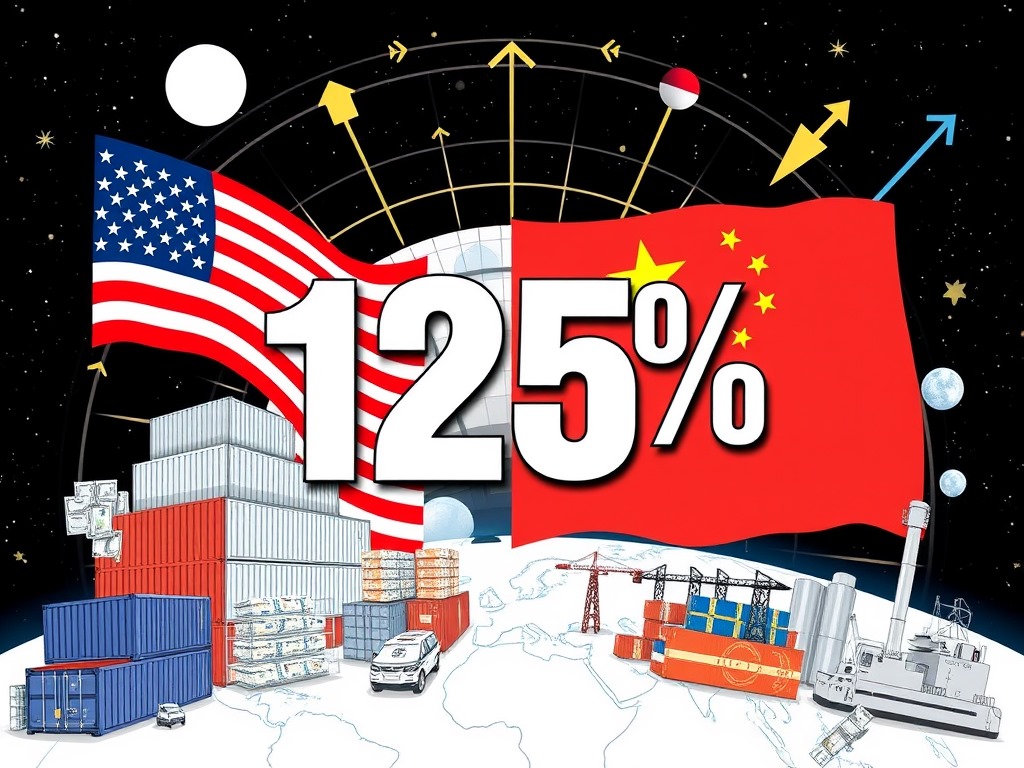In a significant escalation of trade tensions, the United States has announced a staggering 125% tariff on a wide range of goods imported from China. This move is part of ongoing efforts to address trade imbalances and protect domestic industries. The decision reflects a broader strategy aimed at reshaping international trade dynamics and asserting economic independence.
Economic Implications
Impact on Trade Relations
The imposition of such a high tariff is expected to exacerbate already strained relations between the U.S. and China. It signals a departure from previous negotiations and may lead to retaliatory measures from China, further complicating the trade landscape. Analysts predict that this could result in a tit-for-tat escalation of tariffs, impacting global supply chains and international trade.
Domestic Market Effects
For American consumers, the immediate consequence of the tariff could be increased prices on imported goods. Products ranging from electronics to clothing may see price hikes, which could contribute to inflationary pressures. However, proponents of the tariff argue that it may encourage consumers to buy domestically produced goods, potentially boosting local industries.
Global Economic Considerations
The tariff’s broader implications extend beyond U.S.-China relations. Economists warn that such a drastic measure could disrupt global markets, affecting countries that rely heavily on trade with either nation. Emerging markets, in particular, may feel the ripple effects, leading to slower economic growth and increased uncertainty in international markets.
Strategic Motivations
National Security Concerns
The U.S. government has framed the tariff as part of a national security strategy, aiming to reduce dependency on China for critical goods and technologies. This perspective reflects growing concerns about supply chain vulnerabilities exposed during the COVID-19 pandemic and geopolitical tensions.
Long-term Economic Goals
The move is also seen as part of a broader vision to strengthen American manufacturing and innovation. By imposing high tariffs, the U.S. aims to incentivize companies to invest domestically, fostering job creation and economic resilience in the long term.
Conclusion
The U.S. decision to impose a 125% tariff on Chinese goods marks a pivotal moment in international trade relations. While it may serve immediate economic and strategic objectives, the long-term consequences could reshape global trade dynamics and economic alliances. As both nations navigate this complex landscape, the international community watches closely, anticipating the unfolding impacts on global markets and economic stability.





